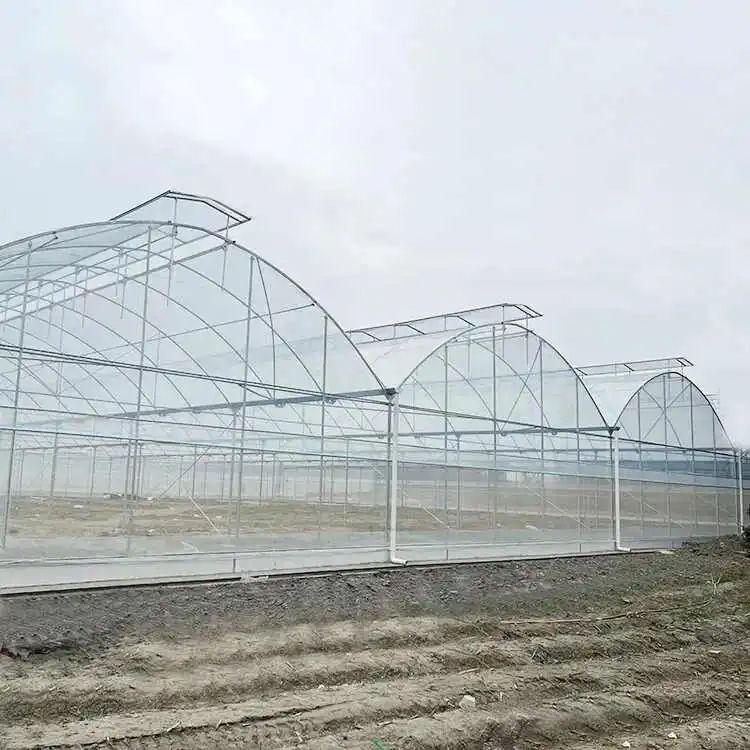Glass greenhouses have long been an integral part of horticulture and plant cultivation. These structures provide a controlled environment that allows plants to thrive, regardless of the external climatic conditions. In this article, we will explore the essential role of glass greenhouses in modern plant cultivation, highlighting their benefits and the opportunities they offer for year-round production, research, and sustainable agriculture practices.
I. Optimal Light Transmission and Photosynthesis:
- Sunlight Utilization:
Glass greenhouses are designed to maximize light transmission, allowing plants to receive the full spectrum of natural sunlight. The transparent nature of glass enables plants to photosynthesize efficiently, converting light energy into essential nutrients for growth. This optimal light utilization leads to higher yields and improved plant quality. - Diffused Light Distribution:
Glass greenhouses provide a diffused light distribution, reducing the risk of shadows and ensuring uniform illumination throughout the growing area. This uniformity promotes balanced plant growth, minimizing the occurrence of shading-related issues and optimizing the utilization of available space.
II. Temperature Regulation and Climate Control:
- Heat Retention:
Glass has excellent heat retention properties, allowing greenhouses to maintain stable temperatures even during colder periods. The greenhouse structure traps solar heat inside, creating a warm and favorable environment for plants. This heat retention capability extends the growing season and enables year-round cultivation. - Ventilation and Cooling:
Glass greenhouses are designed with ventilation systems to regulate temperature and humidity levels. The ability to control airflow and exchange hot air with cooler outside air helps prevent overheating, especially during the summer months. Proper ventilation ensures optimal plant growth and reduces the risk of heat stress or diseases caused by excessive humidity.
III. Protection from External Elements:
- Physical Protection:
Glass greenhouses provide a physical barrier that shields plants from adverse weather conditions, including wind, rain, and hail. This protection minimizes damage to crops and reduces the risk of pest infestations. The solid structure of a glass greenhouse offers enhanced durability and resistance to external forces. - Pest and Disease Control:
Glass greenhouses create a controlled environment that limits the entry of pests and diseases. The solid structure prevents the invasion of common garden pests and pathogens, reducing the need for chemical interventions. This controlled environment allows for integrated pest management practices, fostering sustainable and eco-friendly plant cultivation.
IV. Research and Specialized Horticulture:
- Research and Experimentation:
Glass greenhouses play a vital role in botanical research, plant breeding, and experimentation. Scientists and horticulturists utilize these controlled environments to study plant responses to different conditions, test new cultivation techniques, and develop improved crop varieties. Glass greenhouses provide a consistent and controlled setting for accurate data collection and analysis. - Specialized Horticulture:
Glass greenhouses are essential for the cultivation of specialized or delicate plant species. These structures offer precise control over temperature, humidity, and light levels, allowing growers to create custom environments for specific plants. Glass greenhouses are commonly used for growing orchids, exotic flowers, or high-value crops that require specific conditions to thrive.
Glass greenhouses have a crucial role in modern plant cultivation, providing a controlled and optimized environment for plants to flourish. From optimal light transmission and photosynthesis to temperature regulation, protection from external elements, glass green house and opportunities for research and specialized horticulture, glass greenhouses offer numerous benefits. By harnessing the advantages of glass structures, growers can achieve higher yields, extend the growing season, conduct scientific research, and practice sustainable agriculture. Glass greenhouses stand as a testament to human ingenuity and our ability to create ideal conditions for plant growth, supporting the advancement of horticulture and the production of healthy and abundant crops.
